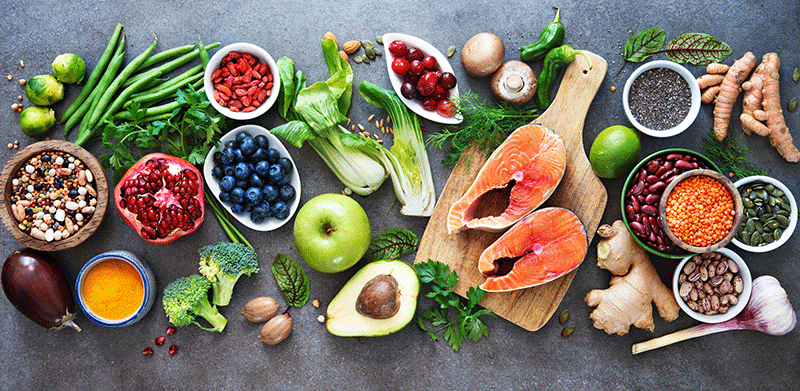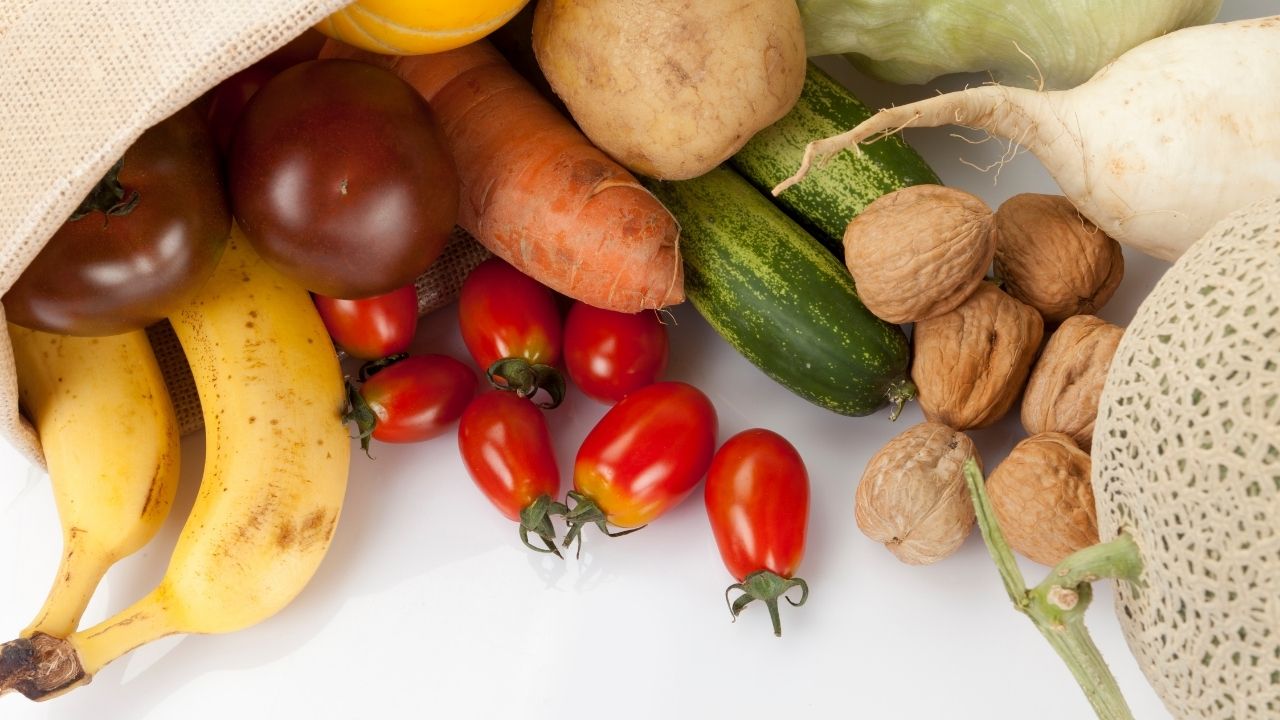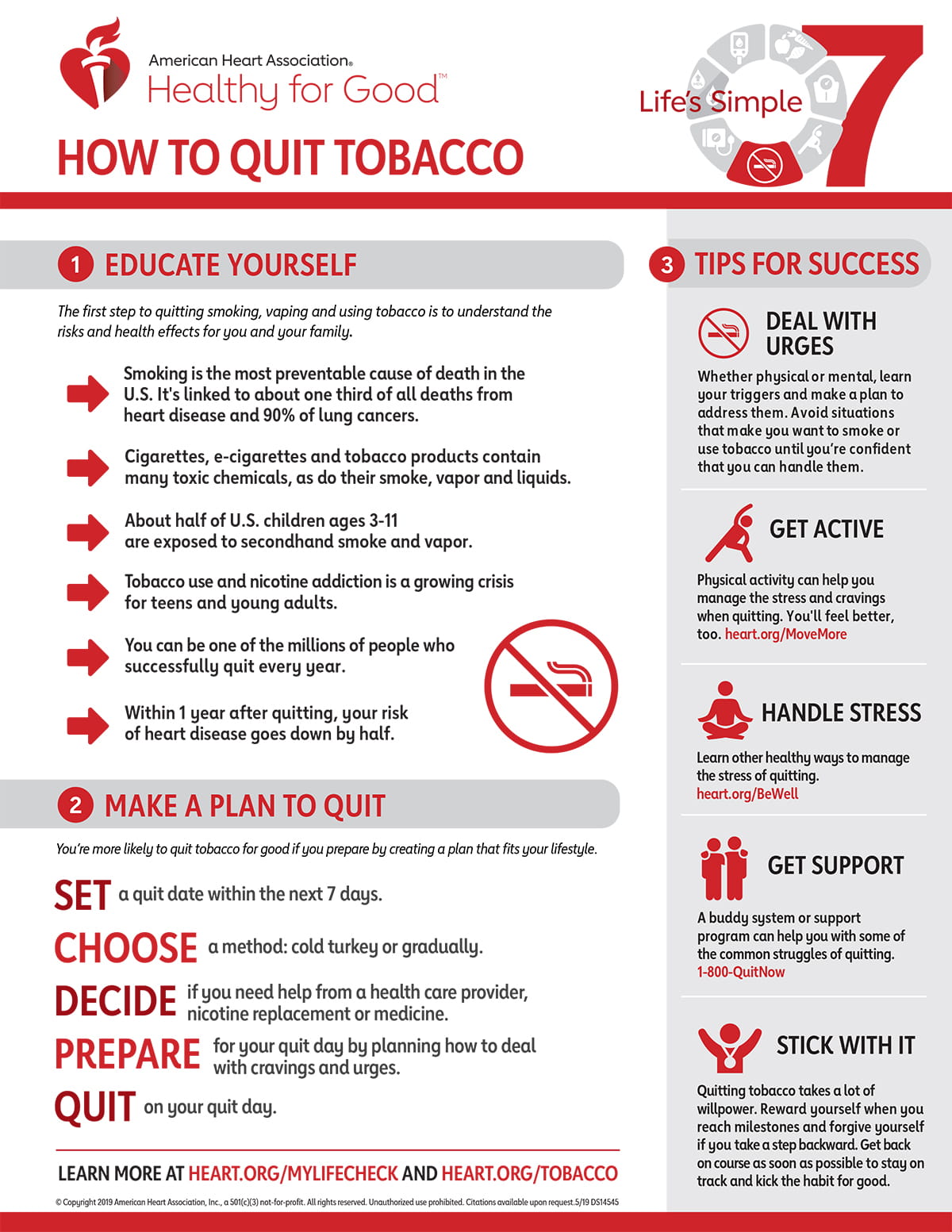
The DASH diet is a popular choice among people who want to lose weight, but don't know where to begin. This diet includes eating healthy meals throughout each day. The plan recommends that you swap out refined grains for whole grains, and lean proteins. It is important to avoid excessive sugar and saturated fats. A good rule of thumb is to drink plenty water and select low-calorie drinks.
DASH diet emphasizes blood pressure management through a range of different factors. DASH-style patterns can help lower your chances of developing diabetes, and even kidney disease. A cohort of Atherosclerosis Risk in Communities researchers found that DASH diet had protective components such as nuts, beans, and low fat dairy products. However, the risk of contracting these diseases was significantly higher if you consume high-fat dairy foods and red meat.

Despite the low-sodium DASH diet, it's important to avoid smoking. This habit can increase the risk of heart disease. Smoking is also a problem in the workplace. DASH also suggests that you avoid sugar-sweetened drinks. Instead, drink water, tea, or milk. To ensure that you adhere to the DASH diet guidelines, it is best to make small adjustments over time. It is a good idea to talk to your healthcare provider about whether you are a candidate for the DASH Diet.
Hypertension sufferers can benefit from the DASH Diet. This diet has a low-sodium and high-fiber content that can help lower blood pressure. These foods are essential for hypertension prevention and treatment. The DASH diet can be used by anyone to maintain a healthy lifestyle. The DASH diet is an excellent option if you want to lose weight or increase your energy. Although it might sound restrictive, DASH is simple to follow and can provide many benefits.
People with metabolic syndrome should consider the DASH diet. It is able to lower blood pressure in high blood pressure patients. This diet can increase blood circulation, decreasing the risk for cardiovascular disease. For people with kidney disease, the DASH diet might be beneficial. The DASH diet lowers both systolic as well as diastolic blood pressures. The DASH diet is especially useful for people with higher blood pressure because it lowers the risk of stroke and heart attack.

The DASH Diet reduces systolic & diastolic blood Pressure by 4 mmHg. It has minimal impact on people with normal blood Pressure. However, this drop in blood pressure does NOT necessarily mean you have a lower chance of getting heart disease. The DASH diet is recommended for those with high blood pressure who are sensitive to salt and want to improve their insulin sensitivity. Because it increases the risk of developing type 2 diabetes, it is not recommended for those with high cholesterol.
FAQ
How do you get enough vitamins?
Your diet can provide most of your daily requirements. Supplements are available if you are deficient. A multivitamin can contain all the vitamins that you need. You can also buy individual vitamins in your local drugstore.
Talk to your doctor if there are any concerns about getting enough nutrients. Dark green leafy vegetables like spinach, broccoli and kale, as well as turnip greens and mustard greens such as turnip and mustard greens and bok choy, are rich in vitamins K & E.
Ask your doctor if you're not sure how many vitamins you should take. Your medical history and current health will help you determine the best dosage.
What are the top 10 healthy habits?
-
Eat breakfast every day.
-
Don't skip meals.
-
Maintain a balanced diet.
-
Get plenty of water.
-
Take good care of your body.
-
Get enough sleep.
-
Stay away from junk foods.
-
Do some form of exercise daily.
-
Have fun
-
Make new friends
How much should I weight for my height and age? BMI calculator and chart
To determine how much weight loss you need, a BMI calculator is your best friend. Healthy BMI ranges between 18.5 to 24.9. To lose weight, you should aim for a loss of 10 pounds per year. Enter your height and weight to calculate your BMI.
Check out this BMI chart to determine if you are overweight or obese.
How can I live a life that is full of joy every day?
To live a happy life, the first step is to discover what makes you happy. Once you have a clear understanding of what makes you happy you can go backwards. You can also inquire about the lives of others.
You can also check out books like "How to Live Your Best Life" from Dr. Wayne Dyer. He discusses finding happiness and fulfillment throughout our lives.
Do I have to count calories?
You might be asking "What is the best diet?" or "is counting calories necessary?" The answer to this question depends on many factors, including your current health, your personal goals and preferences, as well as your overall lifestyle.
The Best Diet for Me - Which One is Right For You?
My current health, my personal goals and lifestyle will determine the best diet for me. There are many options, both good and bad. Some diets work for some people, while others are not. So what should I do? How do I make a good decision?
This article aims at answering these questions. The article starts by introducing the many types of diets currently available. Then we will discuss the pros & cons of each kind of diet. Finally, we'll discuss which one is best.
To begin, let's take a quick look at the different types of diets.
Diet Types
There are three main types, low fat, high protein, or ketogenic diets. Let's take a look at them all below.
Low Fat Diets
A low-fat diet restricts fat intake. This is accomplished by decreasing the intake of saturated fats such as butter and cream cheese. These fats can be replaced with unsaturated fats like avocados and olive oil. For those looking to lose weight quickly, a low-fat diet is often recommended. This type of diet can lead to constipation and heartburn as well as indigestion. A person may also experience vitamin deficiencies if they don't get enough vitamins.
High Protein Diets
High-protein diets limit carbohydrates and favor proteins. These diets usually have higher amounts of protein than other diets. These diets can help increase muscle mass and decrease calories. The downside is that they may not provide adequate nutrition for someone who needs to eat regularly. Also, they tend to be very restrictive, so they aren't suitable for everyone.
Ketogenic Diets
Also known as keto diets, ketogenic diets are also called keto diets. They are high-fat and low in carbs and protein. These foods are popular among athletes and bodybuilders as they allow them to train harder, longer and without becoming tired. You must adhere to all side effects, including fatigue, headaches, nausea and headaches.
Statistics
- WHO recommends consuming less than 5% of total energy intake for additional health benefits. (who.int)
- The Dietary Guidelines for Americans recommend keeping added sugar intake below 10% of your daily calorie intake, while the World Health Organization recommends slashing added sugars to 5% or less of your daily calories for optimal health (59Trusted (healthline.com)
- nutrients.[17]X Research sourceWhole grains to try include: 100% whole wheat pasta and bread, brown rice, whole grain oats, farro, millet, quinoa, and barley. (wikihow.com)
- According to the 2020 Dietary Guidelines for Americans, a balanced diet high in fruits and vegetables, lean protein, low-fat dairy and whole grains is needed for optimal energy. (mayoclinichealthsystem.org)
External Links
How To
What does the "vitamins” word mean?
Vitamins are organic compounds that can be found in foods. Vitamins are necessary for us to absorb nutrients in the foods we consume. Vitamins cannot come from the body so food must provide them.
There are two types vitamins: water soluble or fat soluble. Water-soluble vitamins dissolve easily when they are dissolved in water. You can find vitamin C,B1 or thiamine, B2 or riboflavin and B3 or niacin, B3/niacin, B6/pyridoxine, folic Acid, biotin and pantothenic Acid as examples. The liver and fat soluble vitamins are stored within the liver and in fatty tissue. Vitamin D, E, K and A are some examples.
Vitamins can be classified according to biological activity. There are eight major vitamin groups:
-
A - essential for normal growth and maintenance of health.
-
C - essential for nerve function and energy generation.
-
D – Essential for healthy teeth, bones and joints
-
E is required for good vision and reproduction.
-
K - Required for healthy nerves and muscles.
-
P – vital for building strong bones.
-
Q - Aids in digestion and absorption.
-
R - necessary for making red blood cells.
The recommended daily intake (RDA), of vitamins varies with age, gender and physical condition. The U.S. Food and Drug Administration has established the RDA values.
For adults aged 19 and older, the RDA for vitamin B is 400 micrograms daily. However, pregnant women need 600 micrograms per day because it is important for fetal development. Children ages 1-8 require 900 micrograms per day. Children under 1 year old require 700 micrograms daily, while infants over one year old need 500 micrograms every day. This decreases between 9 and 12 months.
Children ages 1-18years who are obese need 800 micrograms per day while those who are overweight need 1000 micrograms per day and children who are underweight need 1200 micrograms per day to meet their nutritional needs.
Children aged 4-8 years old who have been diagnosed as having anemia require 2200 micrograms of vitamin C per day.
2000 micrograms per person is necessary for general health. Breastfeeding or pregnant women require 3000 micrograms per daily due to higher nutrient demands.
Adults over 70 years of age need 1500 micrograms per day since they lose about 10% of their muscle mass each decade.
Women who are pregnant or lactating need more than the RDA. Pregnant mothers need 4000 micrograms per daily during pregnancy and 2500 after giving birth. Breastfeeding mothers need 5000 mg per day when breastmilk is being produced.